Harvesting Broccoli from your own garden is one of the most rewarding experiences a home gardener can have! Imagine the satisfaction of bringing in a fresh, vibrant head of broccoli, knowing you nurtured it from seed to table. But knowing when and how to harvest is crucial to enjoying the best flavor and encouraging continued production.
For centuries, broccoli has been a staple in diets around the world, with its origins tracing back to ancient Roman times. They valued it not only for its taste but also for its nutritional benefits. Today, we continue to appreciate this amazing vegetable, and growing it ourselves allows us to connect with that history and enjoy the freshest possible produce.
I know, I know, sometimes it feels like you’re playing a guessing game with your broccoli. Is it ready? Am I cutting it right? That’s where these DIY tricks come in! This article is your ultimate guide to successfully harvesting broccoli, ensuring you get the most out of your plants. We’ll cover everything from identifying the perfect harvest time to simple techniques that will encourage your broccoli plant to produce even more delicious side shoots. No more store-bought broccoli for you – let’s get growing and harvesting!
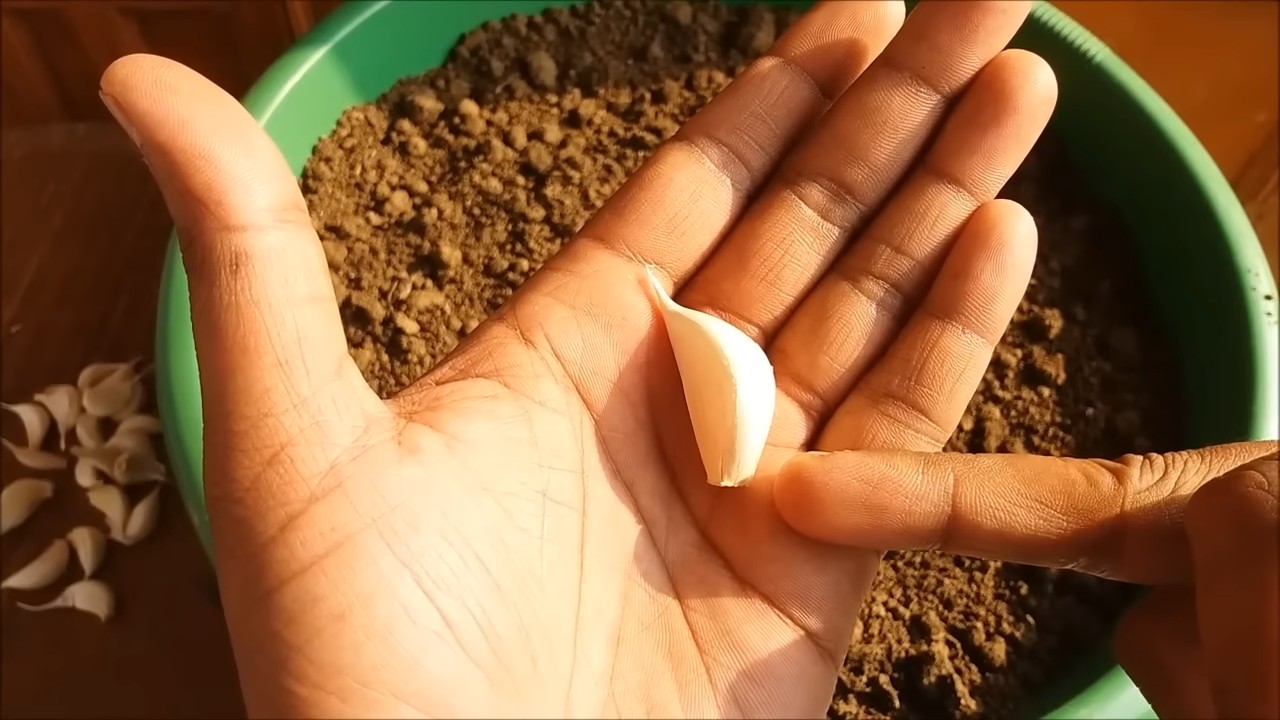
Harvesting Broccoli Like a Pro: A DIY Guide
Okay, so you’ve nurtured your broccoli plants, watched them grow, and now you’re staring at those beautiful, green heads, wondering, “When do I actually *harvest* this thing?” Don’t worry, I’ve been there! Harvesting broccoli at the right time is crucial for getting the best flavor and texture. Pick it too early, and it’ll be small and underdeveloped. Wait too long, and it’ll start to flower and become bitter. This guide will walk you through everything you need to know to harvest your broccoli perfectly.
What You’ll Need
Before we dive in, let’s gather our supplies. You won’t need much, but having these things on hand will make the process smooth and easy:
* A sharp knife or pruning shears: This is essential for making a clean cut. A dull blade can damage the plant and make it more susceptible to disease.
* A basket or container: To hold your harvested broccoli heads.
* Gloves (optional): Broccoli leaves can be a little prickly, so gloves can protect your hands.
* Water (optional): If you plan to eat the broccoli right away, you might want to have some water ready to rinse it off.
Identifying the Perfect Harvest Time
This is the trickiest part, but with a little practice, you’ll become a broccoli-harvesting expert! Here’s what to look for:
* Head Size: The main head should be a good size, typically 4-7 inches in diameter, depending on the variety. Check your seed packet for specific size expectations.
* Tight Florets: The individual florets that make up the head should be tightly closed and compact. This is the most important indicator.
* Color: The head should be a deep, even green color. Avoid heads that are starting to turn yellow or have yellow flowers opening.
* Bud Development: Look closely at the individual buds within the florets. If they are starting to swell or separate, it’s time to harvest. If you see yellow petals emerging, you’ve waited too long.
* Firmness: Gently squeeze the head. It should feel firm and dense. A soft or spongy head is past its prime.
Step-by-Step Harvesting Instructions
Alright, let’s get down to business! Here’s how to harvest your broccoli:
1. Choose Your Head: Carefully examine your broccoli plants and select the head that meets the criteria we discussed above. Make sure it’s the right size, has tight florets, and is a deep green color.
2. Make the Cut: Using your sharp knife or pruning shears, cut the main head from the plant at an angle. Leave about 5-6 inches of stem attached to the head. This will help keep it fresh. The cut should be made just below where the lowest florets are attached to the stem.
3. Handle with Care: Gently place the harvested head in your basket or container. Avoid bruising or damaging the florets.
4. Check for Side Shoots: After harvesting the main head, don’t discard the plant! Broccoli plants often produce smaller side shoots (smaller heads) that you can harvest later. These side shoots will develop from the leaf axils (the point where the leaves attach to the stem).
5. Water and Wait: After harvesting the main head, give your broccoli plant a good watering. This will encourage the growth of side shoots.
6. Harvest Side Shoots: Keep an eye on your broccoli plant for the development of side shoots. These will be smaller than the main head, but they are still delicious! Harvest them when they reach a good size and the florets are tight. Use the same cutting technique as you did for the main head.
Encouraging Side Shoot Production
Want to maximize your broccoli harvest? Here are a few tips to encourage the production of side shoots:
* Fertilize: After harvesting the main head, fertilize your broccoli plant with a balanced fertilizer. This will provide the nutrients it needs to produce new growth.
* Water Regularly: Keep the soil consistently moist, but not waterlogged.
* Remove Yellowing Leaves: Remove any yellowing or damaged leaves from the plant. This will help improve air circulation and prevent disease.
* Sunlight: Ensure your broccoli plant is getting plenty of sunlight.
Storing Your Harvested Broccoli
Now that you’ve harvested your broccoli, you’ll want to store it properly to keep it fresh. Here are a few options:
* Refrigerate: The best way to store broccoli is in the refrigerator. Wrap the head loosely in a damp paper towel and place it in a plastic bag with a few holes for ventilation. Store it in the crisper drawer. Broccoli stored this way will typically last for 3-5 days.
* Blanch and Freeze: If you want to store broccoli for longer, you can blanch and freeze it. Blanching involves briefly boiling the broccoli to stop enzyme activity that can cause it to deteriorate. To blanch broccoli, cut it into florets and boil them for 3 minutes. Then, immediately transfer them to a bowl of ice water to stop the cooking process. Drain the broccoli thoroughly and spread it out on a baking sheet to dry. Once dry, transfer the florets to freezer bags or containers and freeze. Frozen broccoli can last for up to 12 months.
* Use Immediately: Of course, the best way to enjoy your harvested broccoli is to eat it right away! Freshly harvested broccoli has the best flavor and texture.
Troubleshooting Common Broccoli Problems
Sometimes, things don’t go exactly as planned. Here are a few common broccoli problems and how to address them:
* Premature Flowering (Bolting): If your broccoli starts to flower before the head is fully developed, it’s likely due to stress, such as hot weather or inconsistent watering. Unfortunately, once broccoli starts to bolt, the flavor will be affected. Try to harvest it as soon as possible and use it in cooked dishes. To prevent bolting, choose heat-tolerant varieties and provide consistent watering.
* Aphids: Aphids are small, sap-sucking insects that can infest broccoli plants. They can cause the leaves to curl and distort. To control aphids, you can spray your plants with insecticidal soap or neem oil. You can also try attracting beneficial insects, such as ladybugs, to your garden.
* Cabbage Worms: Cabbage worms are the larvae of cabbage white butterflies. They can chew holes in the leaves and heads of broccoli plants. To control cabbage worms, you can handpick them off the plants or use a biological insecticide, such as Bacillus thuringiensis (Bt).
* Clubroot: Clubroot is a soilborne disease that can cause the roots of broccoli plants to swell and distort. This can stunt the growth of the plants and reduce yields. To prevent clubroot, choose disease-resistant varieties and practice crop rotation.
Enjoying Your Homegrown Broccoli
Congratulations! You’ve successfully harvested your own broccoli. Now it’s time to enjoy the fruits (or rather, vegetables) of your labor. Here are a few ideas for using your homegrown broccoli:
* Steamed Broccoli: A simple and healthy way to enjoy broccoli.
* Roasted Broccoli: Roasting broccoli brings out its natural sweetness.
* Broccoli Salad: A classic summer salad with broccoli, bacon, cheese, and a creamy dressing.
* Broccoli Soup: A comforting and nutritious soup.
* Broccoli Stir-Fry: Add broccoli to your favorite stir-fry recipe.
* Broccoli and Cheese Casserole: A classic comfort food dish.
Final Thoughts
Harvesting broccoli is a rewarding experience. Not only do you get to enjoy fresh, delicious broccoli, but you also get the satisfaction of knowing that you grew it yourself. With a little practice and attention, you’ll be harvesting broccoli like a pro in no time! Remember to pay attention to the size and firmness of the head, the tightness of the florets, and the color. And don’t forget to harvest those side shoots for an extended harvest! Happy gardening!
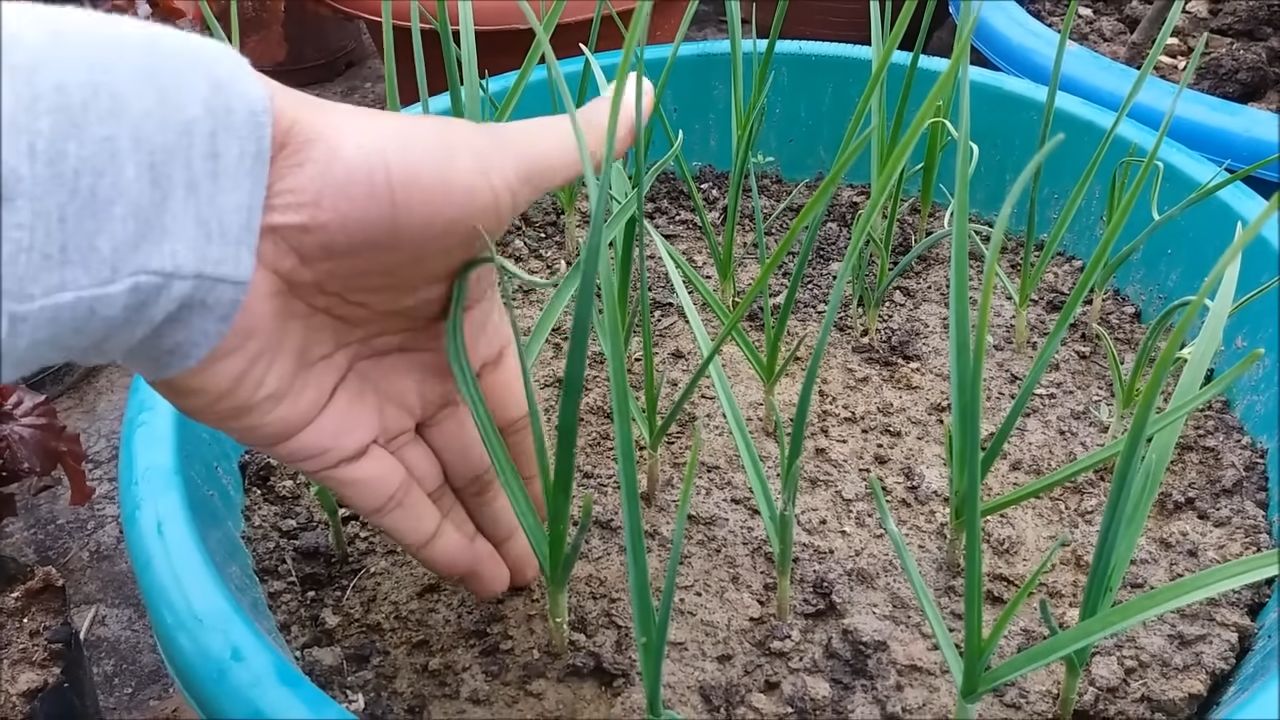
Conclusion
So, there you have it! Mastering the art of harvesting broccoli at home is not just about saving money; it’s about experiencing the unparalleled freshness and flavor that store-bought broccoli simply can’t match. Imagine the vibrant green florets, bursting with nutrients, gracing your dinner table, knowing you nurtured them from seed to plate. This DIY trick is a game-changer for any home gardener or aspiring foodie.
But the journey doesn’t end with the initial harvest. Remember, broccoli plants are incredibly generous. Once you’ve harvested the main head, don’t discard the plant! Side shoots will emerge, offering you a continuous supply of smaller, equally delicious florets for weeks to come. Think of it as the gift that keeps on giving.
For those seeking variations, consider experimenting with different broccoli varieties. From the classic Calabrese to the vibrant purple sprouting broccoli, each offers a unique flavor profile and visual appeal. You can also adjust your harvesting schedule based on your personal preferences. Some prefer the tighter, more compact heads, while others enjoy the slightly looser, more open florets. The beauty of DIY is the freedom to customize!
Furthermore, don’t limit yourself to just steaming or roasting your freshly harvested broccoli. Get creative in the kitchen! Add it to stir-fries, blend it into creamy soups, or even use it as a topping for homemade pizzas. The possibilities are endless. And for an extra burst of flavor, try lightly sautéing your broccoli with garlic and a pinch of red pepper flakes.
This simple DIY trick of harvesting broccoli at home will transform your relationship with this versatile vegetable. You’ll not only enjoy fresher, more flavorful broccoli, but you’ll also gain a deeper appreciation for the process of growing your own food. It’s a rewarding experience that connects you to nature and empowers you to take control of your diet.
We wholeheartedly encourage you to give this a try. Start small, perhaps with just a few broccoli plants, and witness the magic unfold. And most importantly, don’t forget to share your experiences with us! We’d love to hear about your successes, your challenges, and your creative culinary creations. Share your photos, your tips, and your stories in the comments below. Let’s build a community of broccoli-loving gardeners and cooks!
Frequently Asked Questions (FAQ)
Q: When is the best time to harvest broccoli?
A: The ideal time to harvest broccoli is when the head is firm, tight, and the individual florets are still closed. Look for a deep green color and avoid harvesting if the florets are starting to open or turn yellow, as this indicates that the broccoli is past its prime and may have a bitter taste. Generally, broccoli is ready for harvest 50-80 days after planting, depending on the variety. Check your seed packet or plant tag for specific maturity dates.
Q: How do I know if my broccoli is ready to harvest?
A: The best way to determine if your broccoli is ready for harvest is to visually inspect the head. The florets should be tightly packed together, forming a dense, compact head. Gently press on the head; it should feel firm and solid. If the florets are starting to separate or the head feels soft, it’s likely overripe. Also, check for any signs of yellowing, which indicates that the broccoli is bolting (going to seed).
Q: What tools do I need to harvest broccoli?
A: You’ll need a sharp knife or pruning shears to harvest broccoli. A clean, sharp tool will ensure a clean cut and prevent damage to the plant. You may also want to wear gloves to protect your hands from any potential irritants on the plant.
Q: How do I harvest broccoli without damaging the plant?
A: To harvest broccoli without damaging the plant, use a sharp knife or pruning shears to cut the main head from the stalk. Make the cut at a 45-degree angle, about 5-6 inches below the head. This will encourage the plant to produce side shoots, which will provide you with additional smaller florets. Be careful not to damage the surrounding leaves or stems.
Q: What do I do with the broccoli plant after harvesting the main head?
A: Don’t discard the broccoli plant after harvesting the main head! As mentioned earlier, broccoli plants are incredibly generous and will continue to produce side shoots. These side shoots will develop into smaller florets that you can harvest over the next few weeks. Simply continue to water and fertilize the plant as needed, and you’ll be rewarded with a continuous supply of fresh broccoli.
Q: How long will broccoli last after harvesting?
A: Freshly harvested broccoli will last for about 3-5 days in the refrigerator. To maximize its shelf life, store it unwashed in a plastic bag or container in the crisper drawer. You can also blanch and freeze broccoli for longer-term storage.
Q: Can I eat the broccoli leaves?
A: Yes, broccoli leaves are edible and nutritious! They have a slightly milder flavor than the florets and can be used in a variety of dishes. Try adding them to salads, stir-fries, or soups. You can also sauté them with garlic and olive oil for a simple and delicious side dish.
Q: My broccoli head is small. What did I do wrong?
A: Several factors can contribute to small broccoli heads, including insufficient sunlight, poor soil fertility, inadequate watering, and pest infestations. Ensure your broccoli plants receive at least 6 hours of direct sunlight per day. Amend the soil with compost or other organic matter to improve its fertility. Water regularly, especially during dry periods. And monitor your plants for pests and diseases, taking appropriate action if necessary.
Q: My broccoli is bolting (flowering). Can I still eat it?
A: If your broccoli is bolting (flowering), it’s still safe to eat, but the flavor may be more bitter. Bolting is often caused by hot weather or stress. Try to harvest the broccoli as soon as possible after you notice it bolting. You can still use the florets in soups or stir-fries, but you may want to add a little sweetener to balance out the bitterness.
Q: What are some creative ways to use freshly harvested broccoli?
A: Beyond the usual steaming and roasting, get creative with your freshly harvested broccoli! Try adding it to frittatas or omelets, blending it into smoothies, or using it as a topping for pizzas or flatbreads. You can also pickle broccoli florets for a tangy and flavorful snack. And don’t forget about broccoli slaw, a refreshing and healthy alternative to traditional coleslaw.

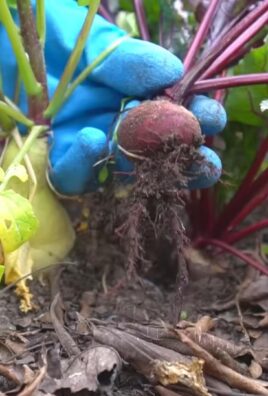
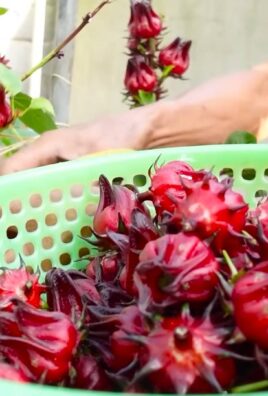
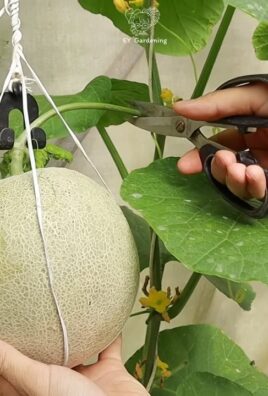
Leave a Comment